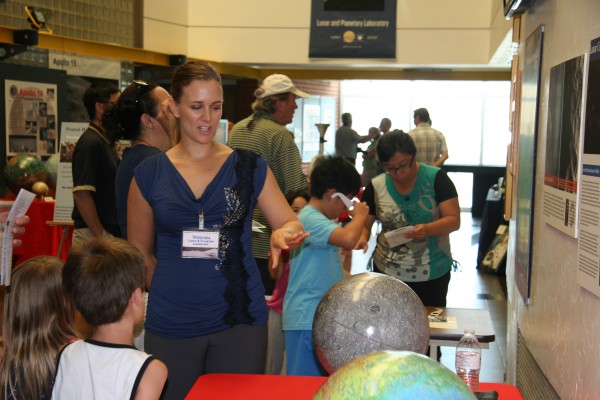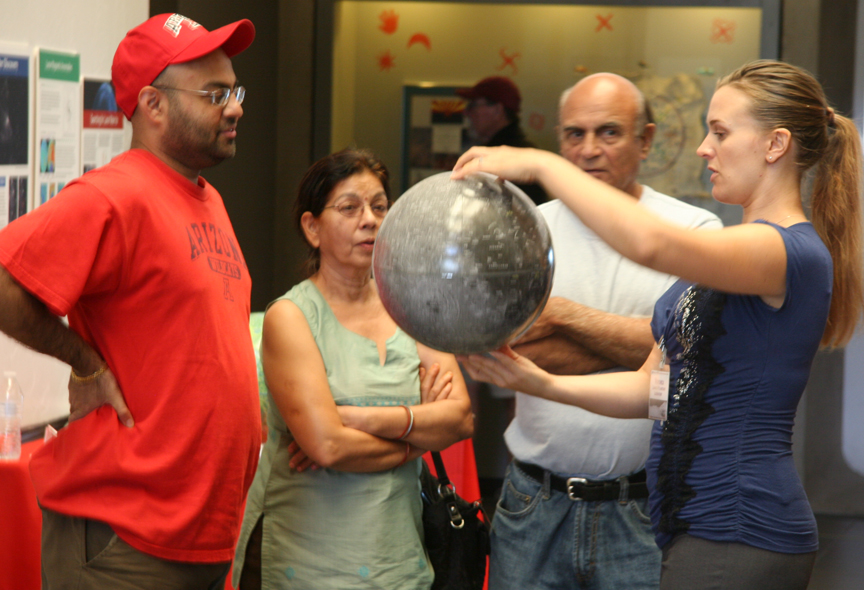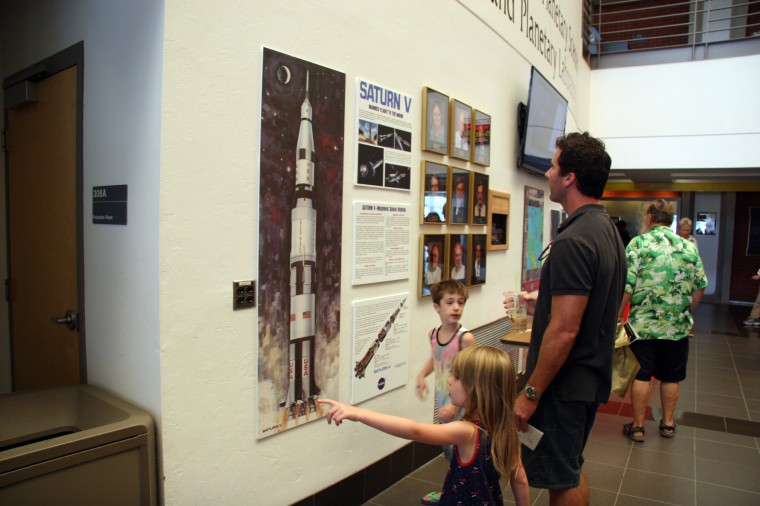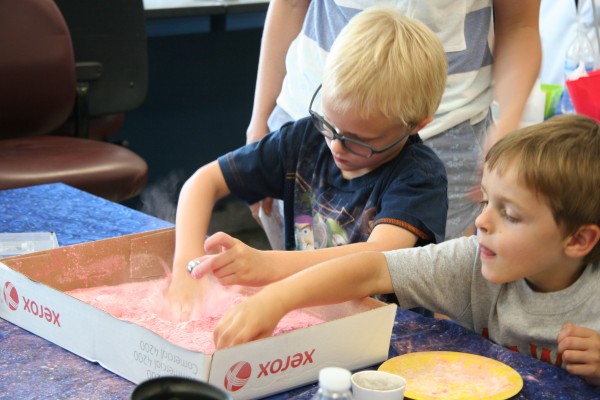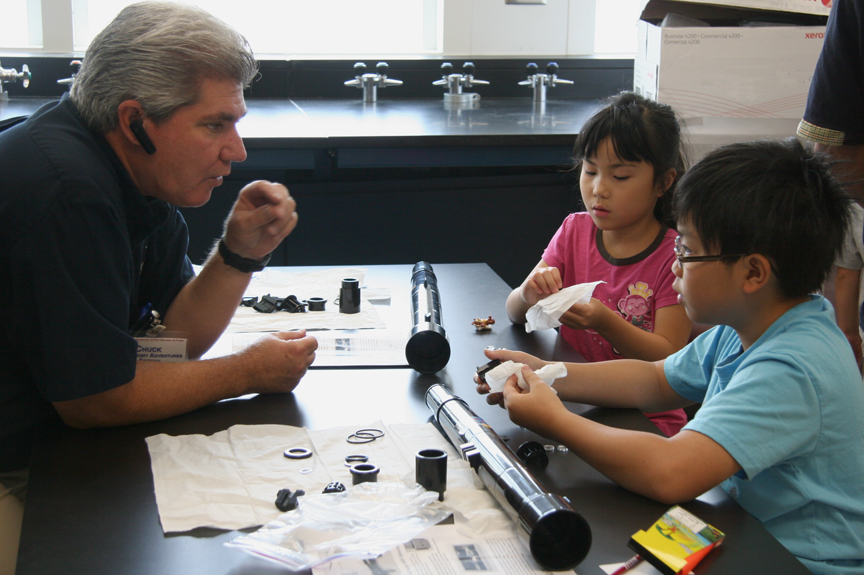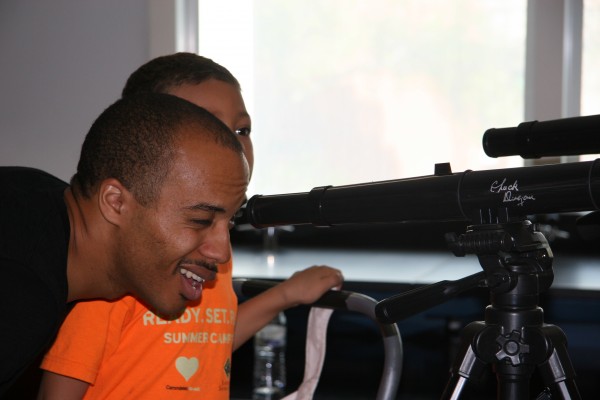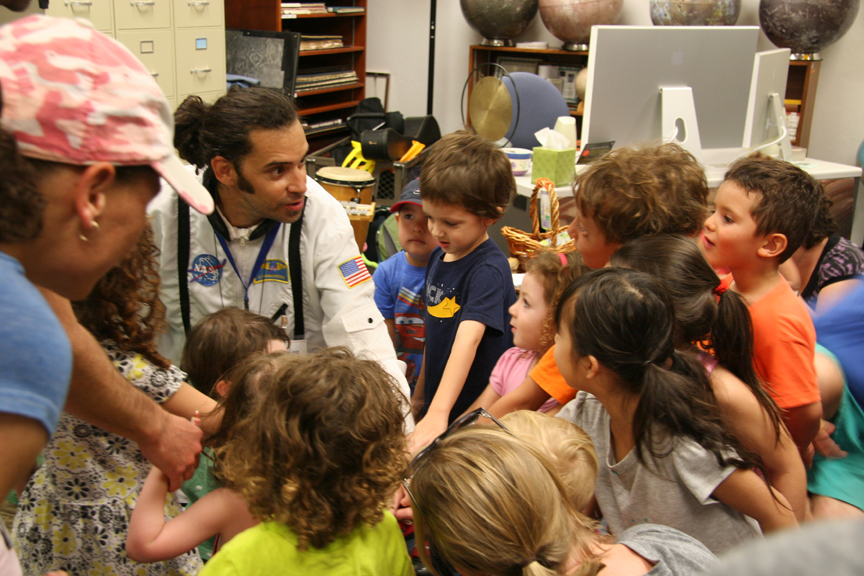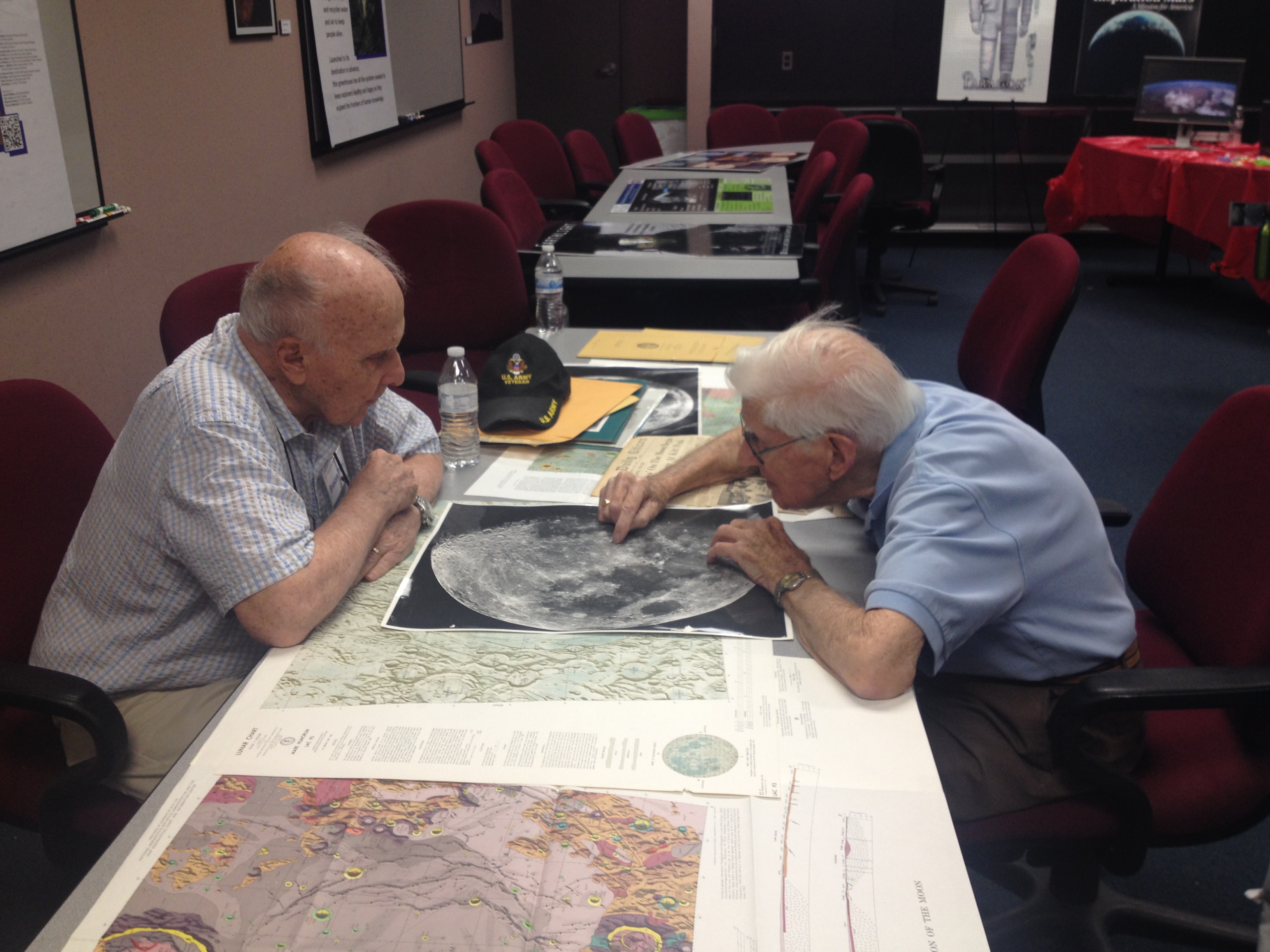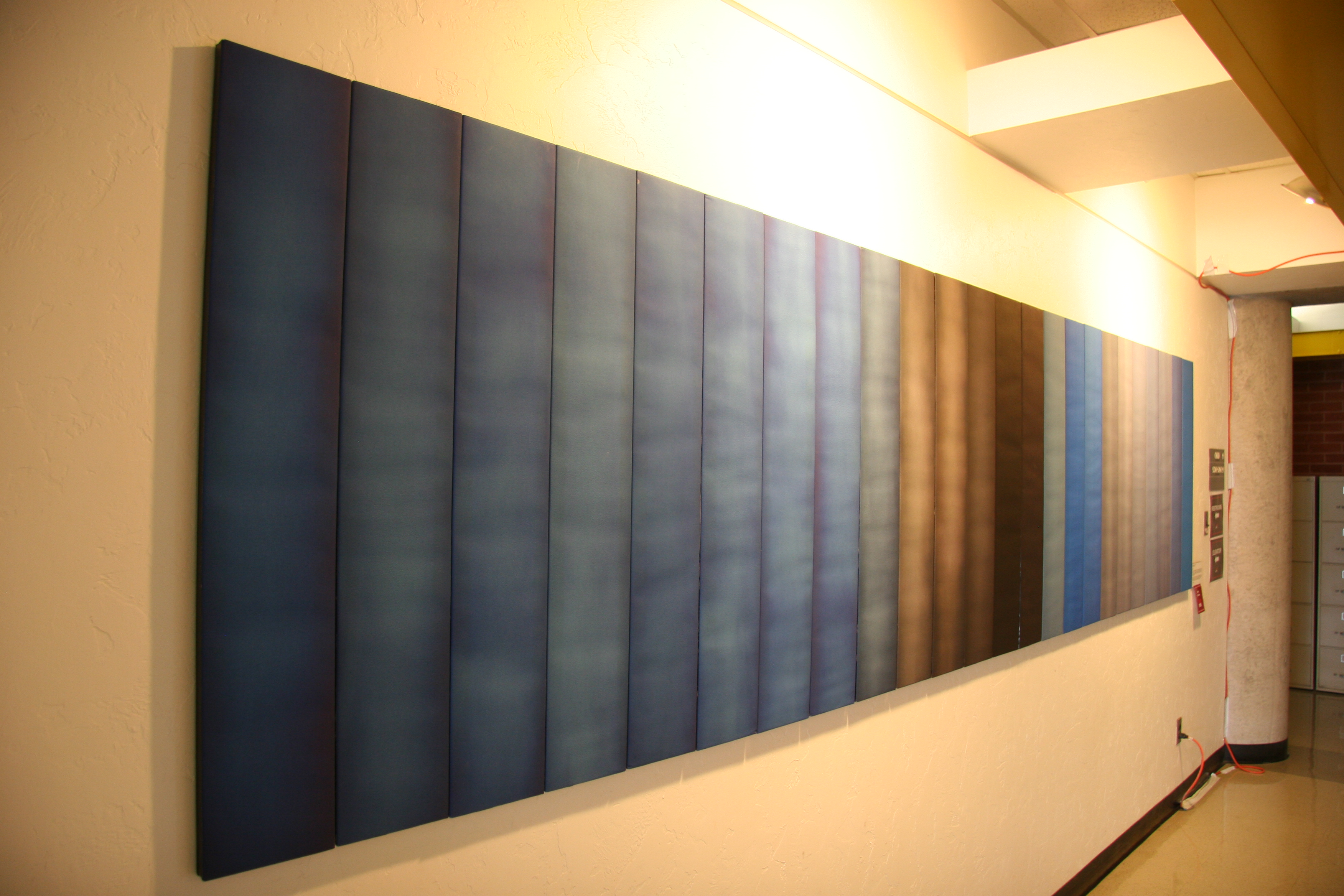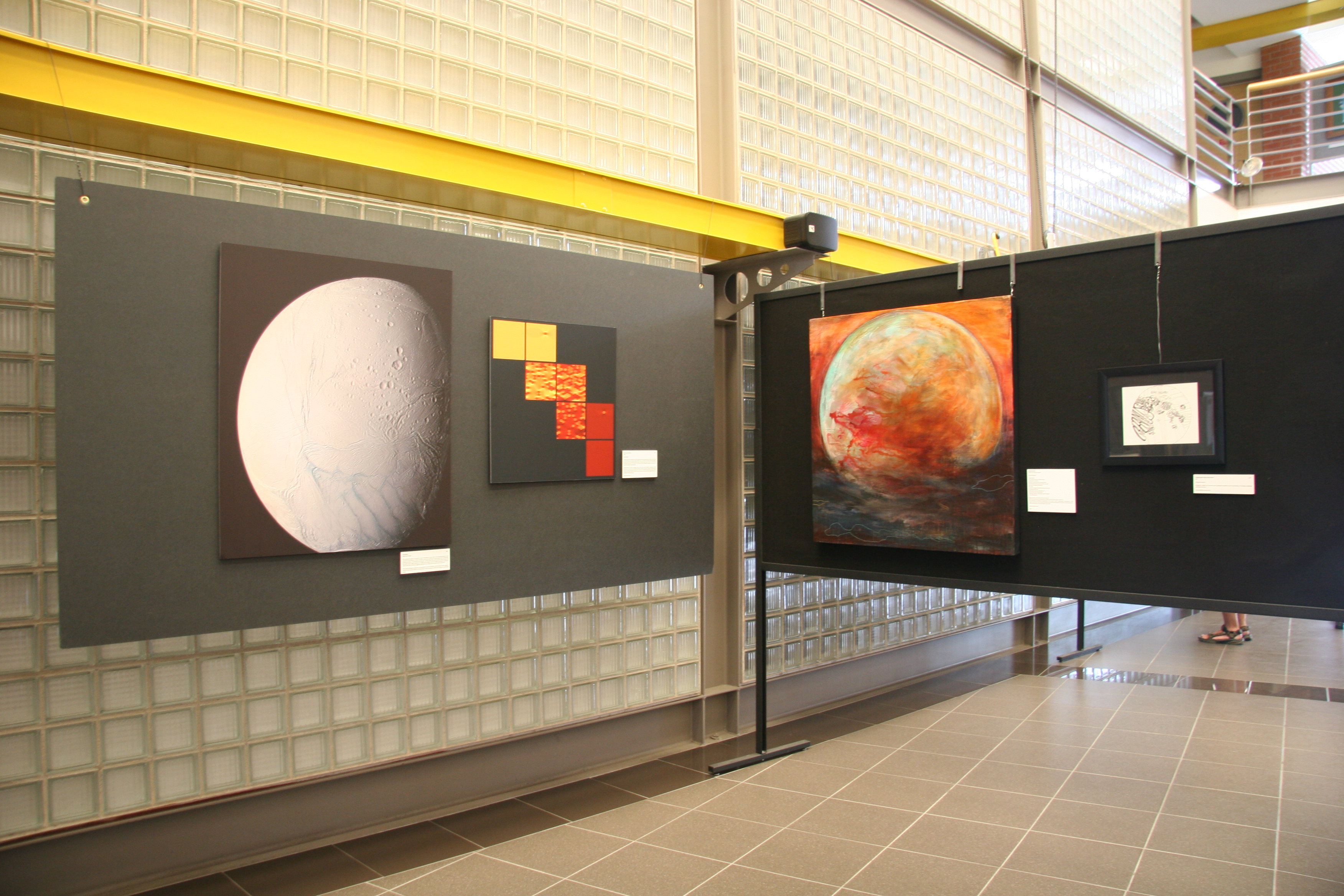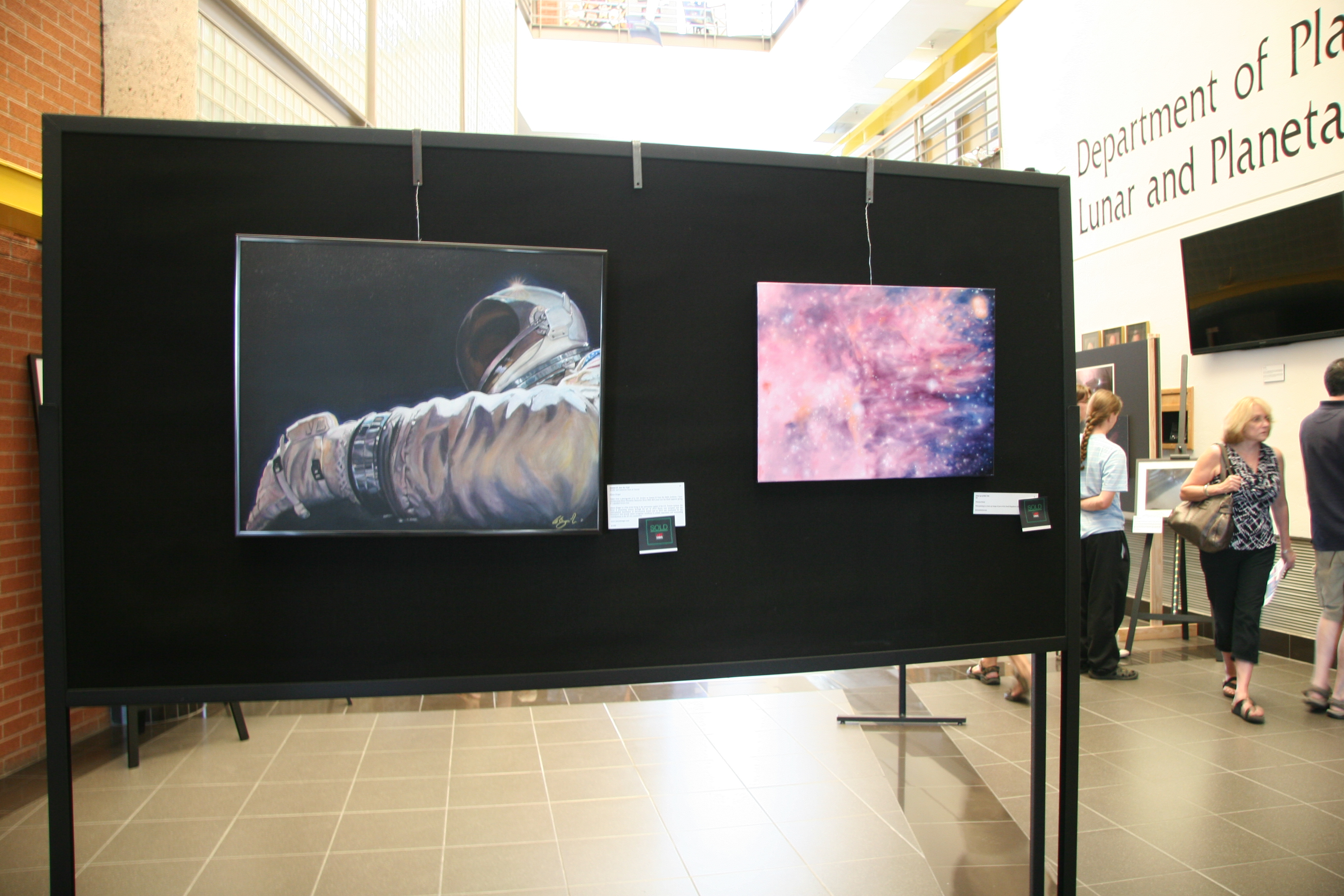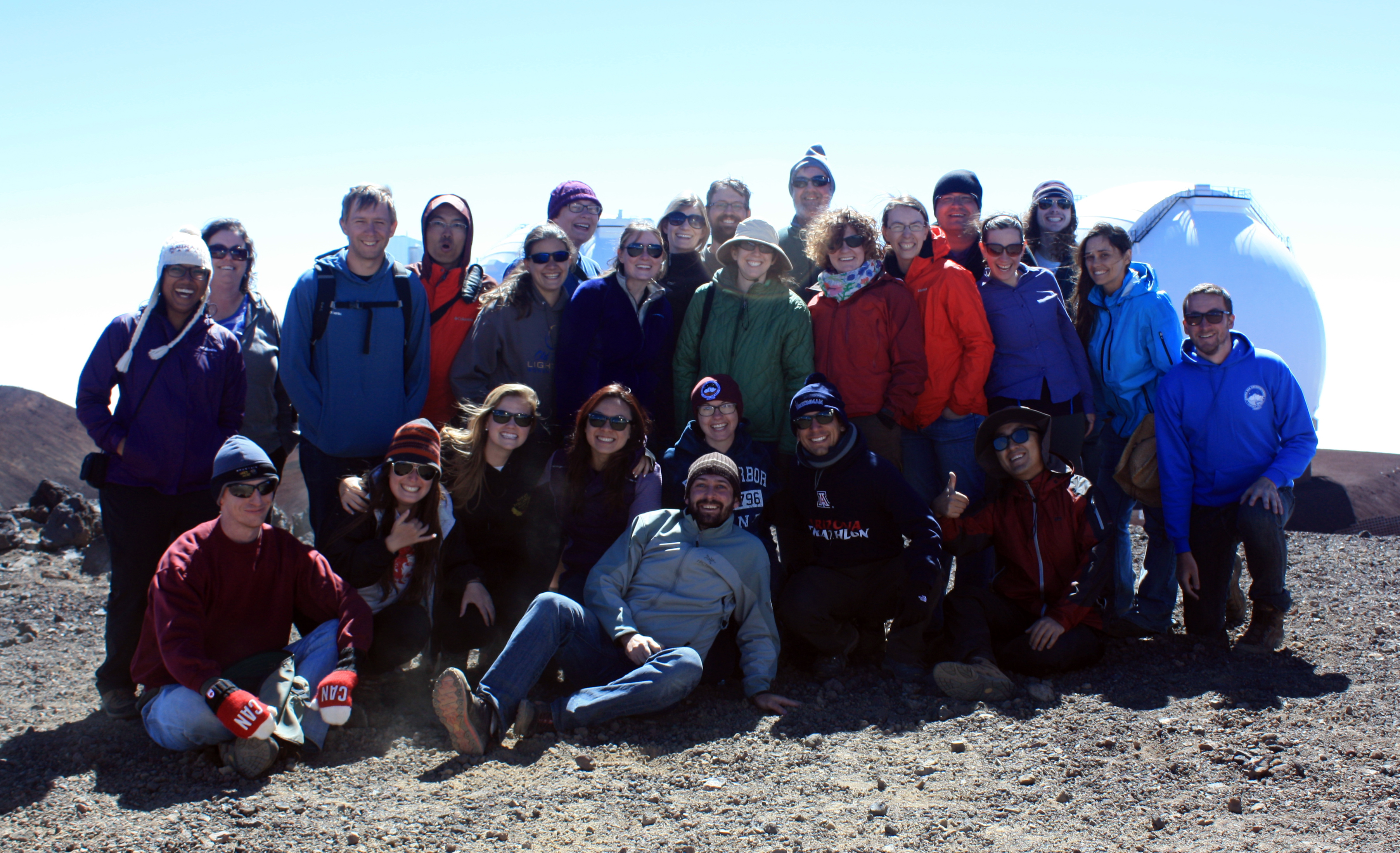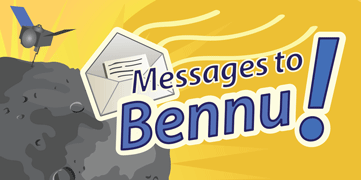Associate Staff Scientist Veronica Bray Durfey was the recipient of a 2014/2015 Professional Development Scholarship from the University of Arizona Appointed 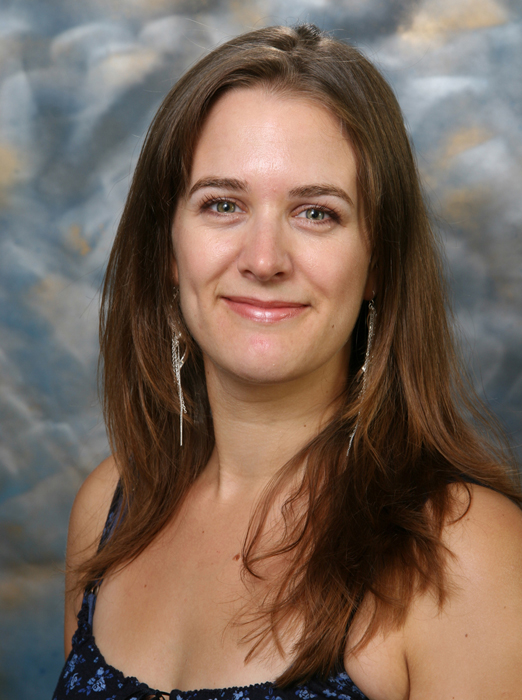 Professionals Advisory Council (APAC). Veronica was one of nine awardees, out of more than 80 applicants. The scholarship helped to fund travel to a New Horizons Mission meeting. Congratulations, Veronica!
Professionals Advisory Council (APAC). Veronica was one of nine awardees, out of more than 80 applicants. The scholarship helped to fund travel to a New Horizons Mission meeting. Congratulations, Veronica!


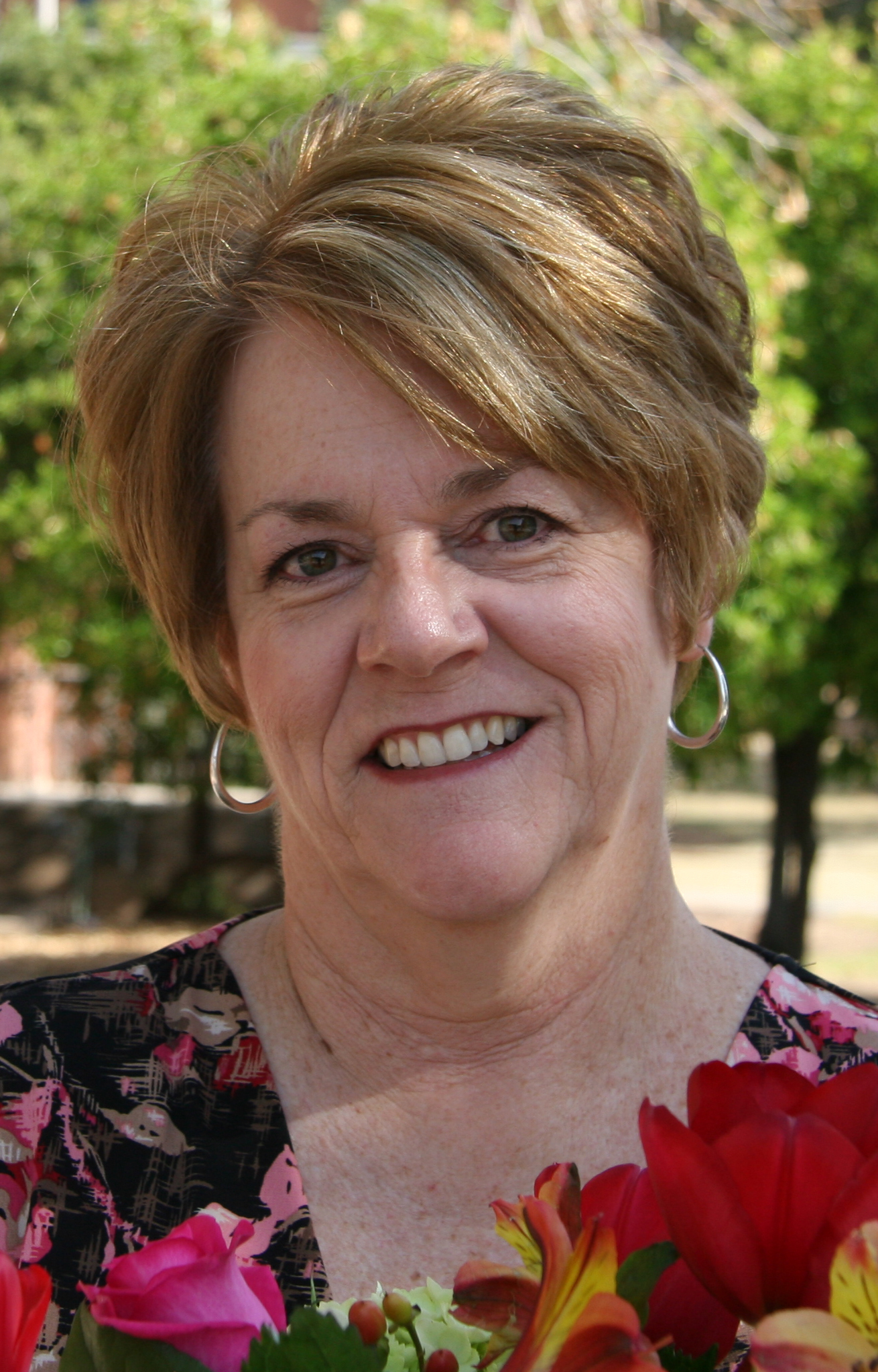 Longtime LPL staff member Kathi Baker passed away on November 8, 2014, after a battle with cancer. Kathi was originally from Yuma, but made her home in Tucson with her husband, Tom, and their 3 children, Mackinzie, Kyle, and Zachary. Zac also has roots in LPL, having worked as a courier for the Main Office and most recently as an Administrative Assistant in the Business Office.
Longtime LPL staff member Kathi Baker passed away on November 8, 2014, after a battle with cancer. Kathi was originally from Yuma, but made her home in Tucson with her husband, Tom, and their 3 children, Mackinzie, Kyle, and Zachary. Zac also has roots in LPL, having worked as a courier for the Main Office and most recently as an Administrative Assistant in the Business Office.
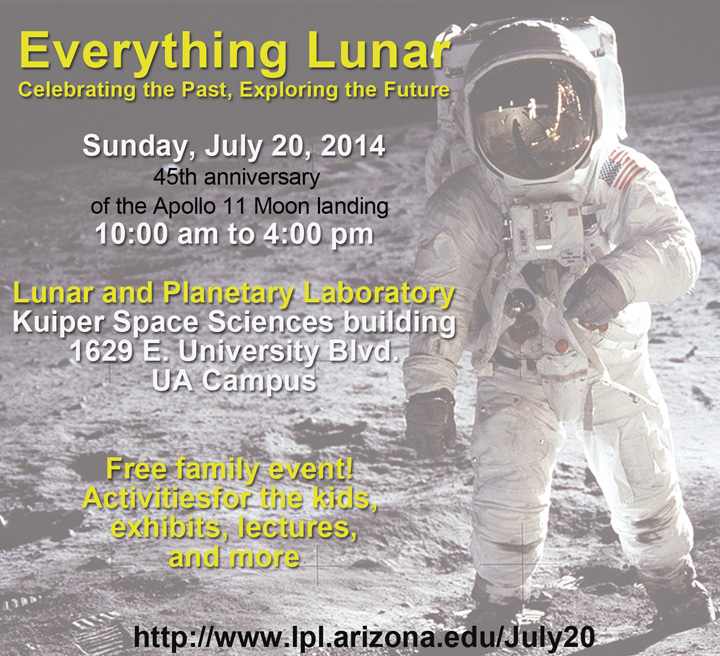 LPL's 2014 summer outreach event was themed "Everything Lunar: Celebrating the Past, Exploring the Future." The festivities were held on July 20 to mark the 45th anniversary of the Apollo 11 Moon landing; approximately 600 guests attended.
LPL's 2014 summer outreach event was themed "Everything Lunar: Celebrating the Past, Exploring the Future." The festivities were held on July 20 to mark the 45th anniversary of the Apollo 11 Moon landing; approximately 600 guests attended.